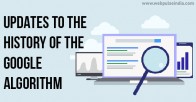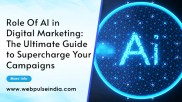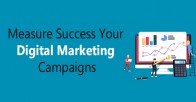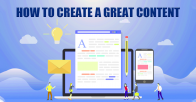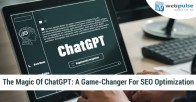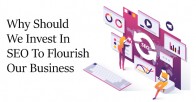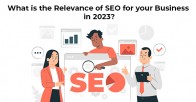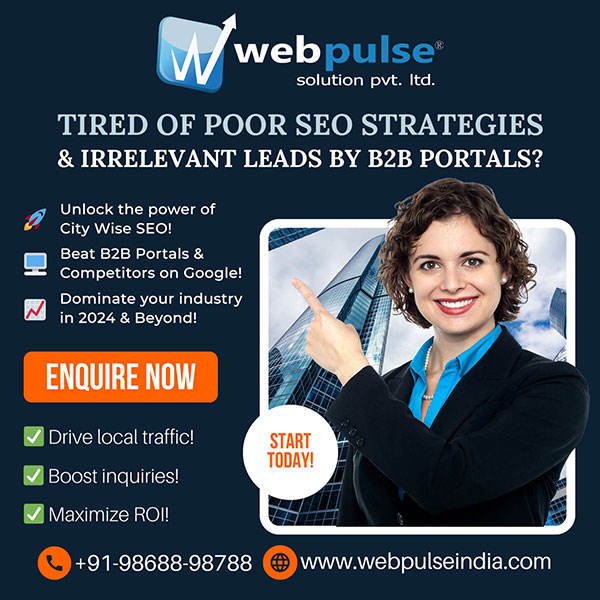Continue reading to learn how to avoid some of the most typical Facebook Ad blunders. These could make you appear unprofessional, cause inefficiencies, or stifle your progress.
- Failure to set clear goals: For every campaign to be successful, it must have a clear, measurable goal. Is it your advertising objective to:
- How can I increase the number of visitors to my website?
- How about using a lead magnet landing page to get more leads?
- Create a one-time campaign to boost sales of a specific product?
You won't waste money at the end of the campaign if you have a defined goal and an action plan.
- A lack of clarity in the value proposition: Another very prevalent beginner blunder is failing to consider your campaign's value proposition. Your value proposition explains why someone should choose you above your competition.
For a clear value proposition, consider the following:
- Clearly state the unique benefits or outcomes that the user will receive by visiting your landing page.
- Use visual images that are relevant to your product, such as a pleased customer utilising it.
- Write succinct, easy-to-understand copy.
- Using the Wrong Type of Facebook Ad: Facebook's ad options, like an extensive restaurant menu with far too many possibilities, might be confusing and lead to the incorrect ad type selection.
Photos (with size options), Videos, Carousel (several photos or videos in one ad), Slideshows, Canvas, and Collections are just a few of the ad alternatives available on Facebook (a single ad to showcase multiple products).
You must then choose your ad placement and positioning, as well as the sort of ad, based on your objectives. These are some of them:
- Lead ads: Use a pre-populated form to acquire audience information in lead adverts.
- Link ads: include a call to action (CTA) that links back to your website, such as Sign Up, Download, Learn More, Shop Now, and so on.
- Dynamic ads: employ a template that automatically customises the ad creative based on the products your audience looked at on your website.
- Too Many Ads: You may be generating overly complex ad accounts with a plethora of campaigns. You diminish your creative efficiency and add to the chaos by doing so. It becomes difficult to keep track of how your entire advertising money is spent.
Isn't there a straightforward solution? Organize your account. Reduce the amount of advertisements you run and set aside enough money per ad so that Facebook can efficiently power your ads and provide you a greater return on investment.
- Viral Content Isn't Used: You can use social media to show off your brand's "human" side. Making creative memes and humorous GIFs for your ad images can be a great way to make your business more personable, approachable, and ultimately clickable. Your pals are memes and other amusing, shareable content. If you're not experimenting with viral-worthy material in your ad creatives, you may be losing a lot of money.
- Failing to Take Advantage of Social Commerce: The process of selling things directly on social media platforms is referred to as social commerce. For example, rather than travelling to the company's website to complete your purchase, you may explore and compare products on Facebook and then make your purchase there.
Users can easily share commercial information with their friends and family on Facebook by liking or sharing products and purchases. You can get economic benefits by leveraging existing Facebook relationships. More transactions (whether commercial information or actual sales) and consumer loyalty result as a result of this.



 We are Hiring
We are Hiring






uSWP.jpg)
